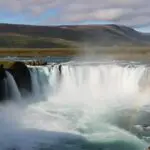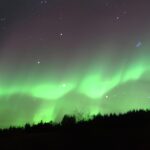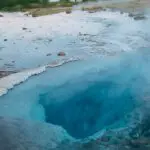The Arctic tern is the only tern species that nest in Iceland. It’s a slender and supple bird, somewhat smaller than a black-headed gull and much more slender and streamlined.
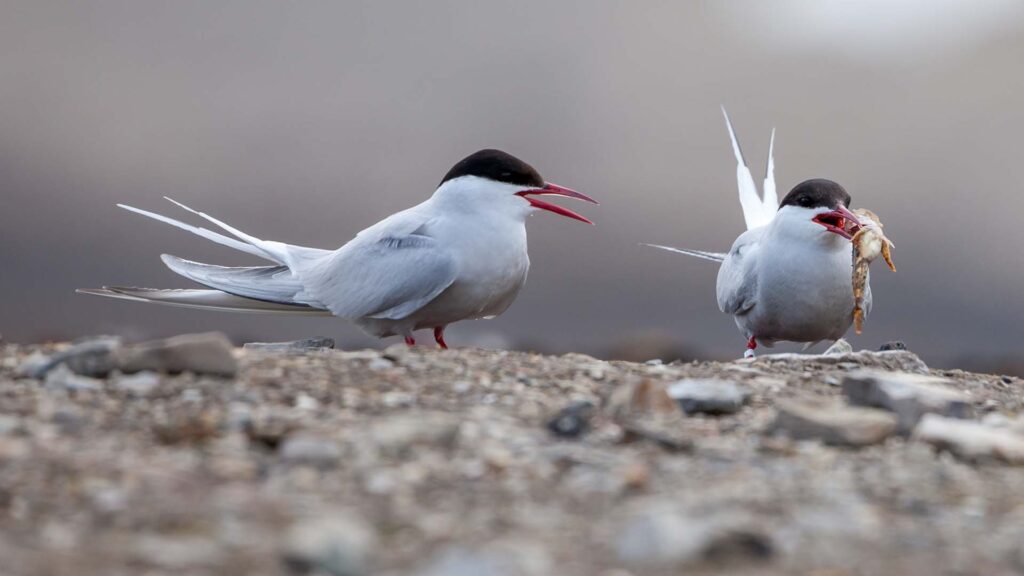
How to Spot the Arctic Tern
In the summer, the bird has a black hood from the roots of the beak to the back of the head. Otherwise, it is blue-gray, except for a white stripe under the hood. It also has a white tail and black-tipped primary flight feathers. The tail has a deep cleft, and the wings are long and pointy.
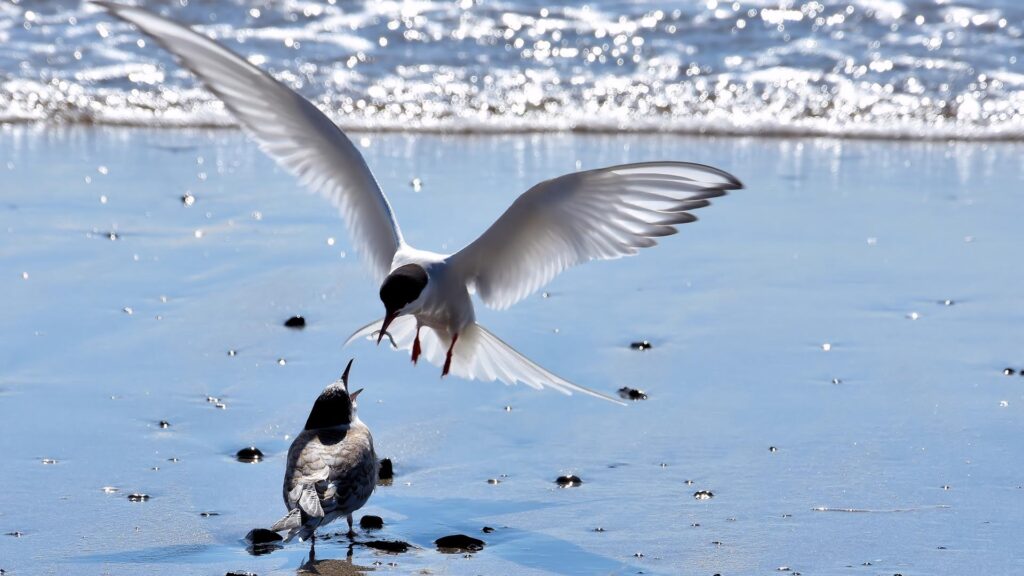
The fledglings have white foreheads and breasts, a brown and gray back, and upper wings. Its tail is only slightly split. When the birds have reached one year of age, they have a white forehead, chest, and abdomen. The edge of their wings is dark. Both male and female birds look the same.
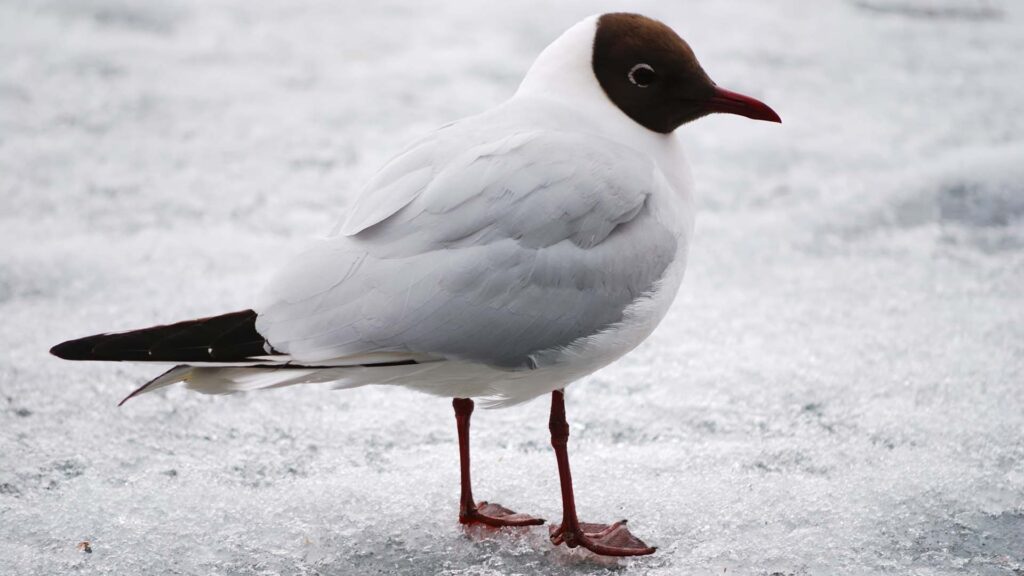
You’ll be excused for confusing the Arctic tern and the black-headed gull. But a great tell-tale sign that it is an Arctic tern is that if you walk into its nesting site, it will hover around you and dive. It will peck your head if you’re not careful. Other birds benefit from nesting close to the tern as its fierce protection keeps predators away.
It is an Excellent Flier
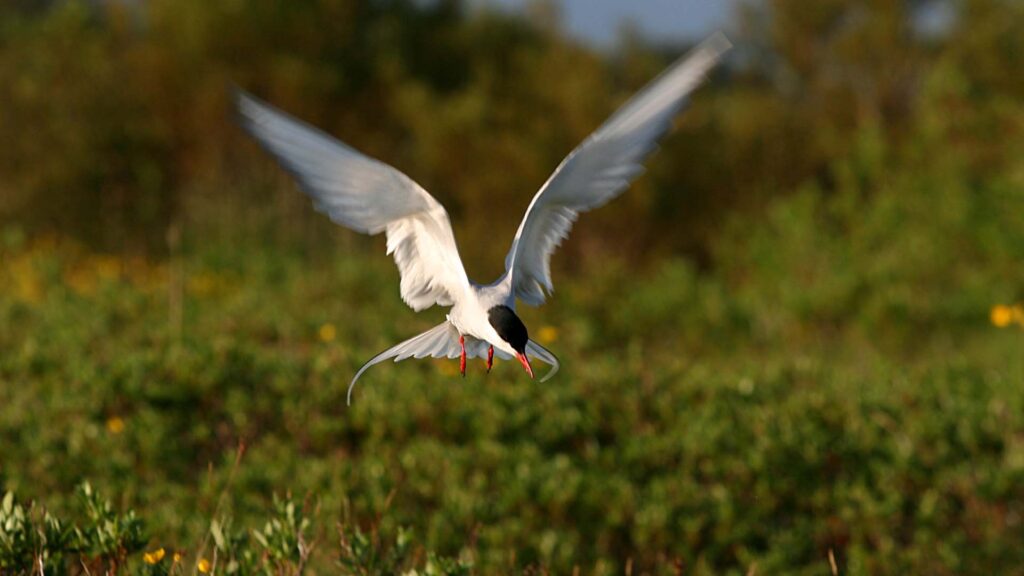
The Arctic tern is an excellent flying bird. It hovers over the water and quickly dives down for food. They mainly eat sand eel by the sea, but if they’re inland, they eat stickleback. Additionally, they eat lumpfish spawns, insects, small crustaceans, and lugworms.
The tern is a migratory bird, and no bird in the world travels as long a distance between breeding and wintering grounds as the Arctic tern. The flight path from the nesting grounds on the Arctic Circle south to Antarctica is usually more than 35 thousand kilometres, and the bird travels this distance twice a year.
The Arctic tern chaises the summer and long days as it stays in the summer in Antarctica when it is winter in the north and then goes north when winter hits the south.
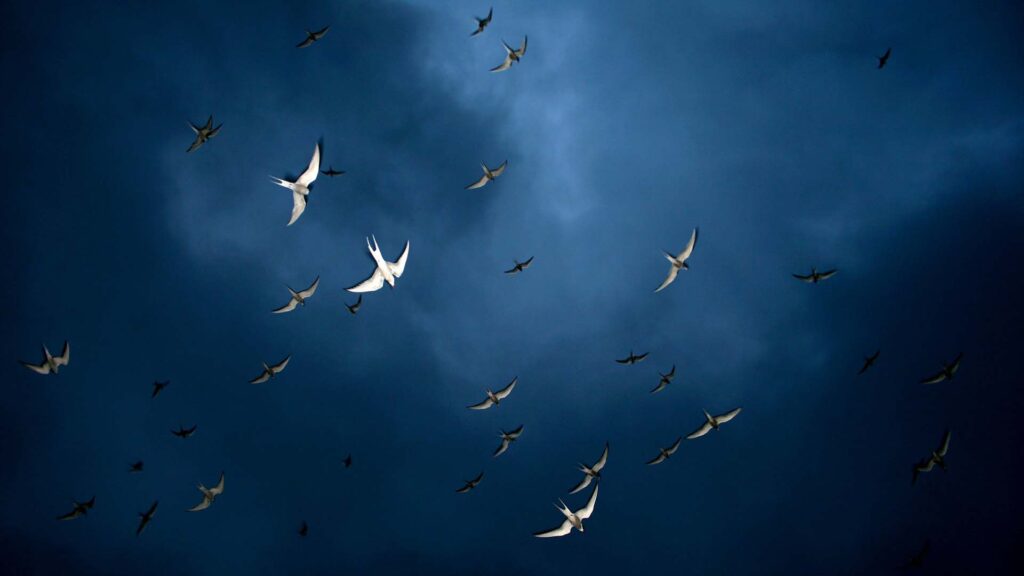
Ornithologists have studied this long journey of the Arctic tern, both the route and how long the journey takes. In spring, the travel time is about 60 days. It leaves at the beginning of March and arrives in this country at the end of April/May. The Arctic tern’s autumn migration is slower and takes about 90 days.
It then leaves Iceland at the end of August and usually arrives in South Africa in November or December. Thus, the Arctic tern spends 5 months a year traveling.
The tern doesn’t necessarily travel fast and takes its time, looking for food along the way. In calm weather, its flying speed is somewhere between 50-60km/h. this long path slowly and bitingly, looking for food along the way. Its flight speed in calm is somewhere between 50-60 km per hour. The bird doesn’t take the shorter possible route to its destination but instead follows a somewhat convoluted course to take advantage of prevailing winds.
The Arctic tern lives about 30 years (the oldest found was 34 years old), which means it travels some 2.4 million kilometers during its lifetime. That is the equivalent of a round trip from the Earth to the Moon more than three times.
Random Facts about the Arctic Tern
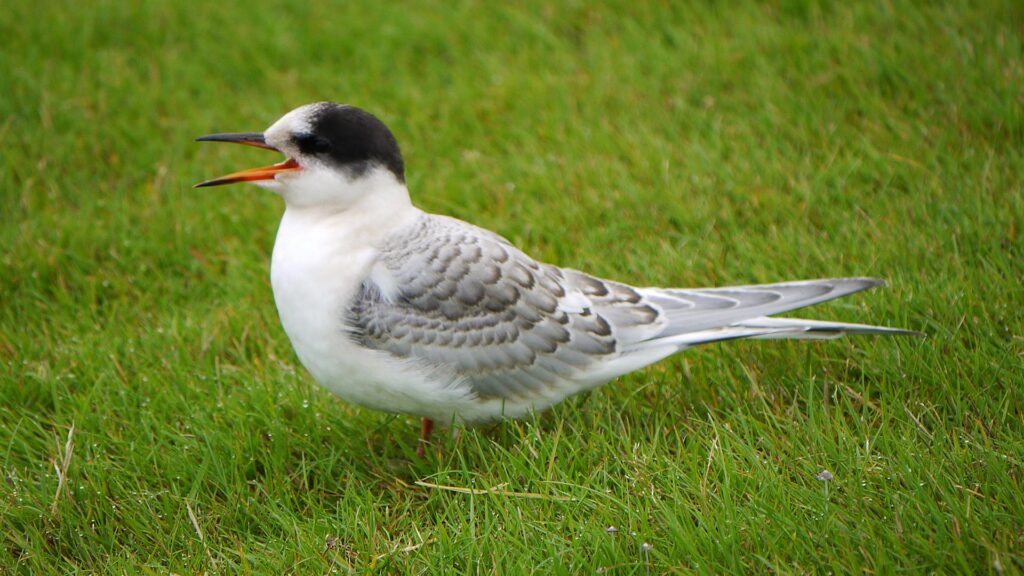
As we told you before, the oldest Arctic tern found was 34 years old. It is about 33-35cm long and weighs about 120g. Its wingspan is about 75-80cm. It lays 1-3 eggs, and it takes about 16 days for them to hatch. Arctic tern chicks are fledged in 3-4 weeks.
It breeds in a variety of habitats, both vegetated and sparsely vegetated. The largest settlements are in low-lying coastal areas and islands. The nest can be hard to spot as they are usually just a tiny depression, sometimes lined with pebbles and vegetation.
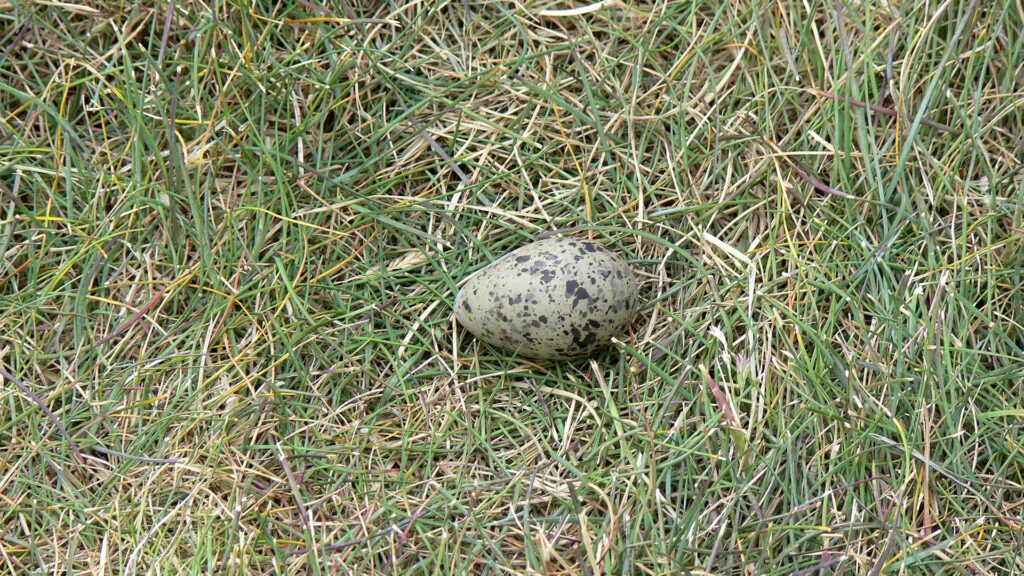
The Arctic tern has been fully protected by law in Iceland since 1882. Its main feed is the sand eel, but due to climate change, there has been a collapse in the stock size. That has had an extremely negative effect on the tern’s survival rate in Iceland. Since 2005, the nesting success has been very poor.
The Arctic tern was not considered endangered at the beginning of the 20th century. However, it’s vulnerable, according to the Icelandic Institute of Natural History 2018 watch list.
Please signup HERE for our newsletter for more fun facts and information about Iceland!


